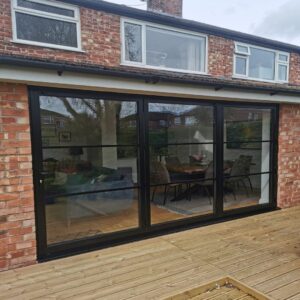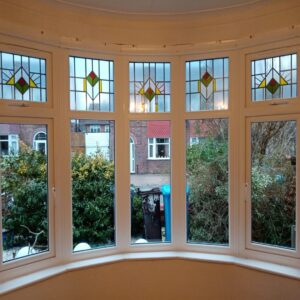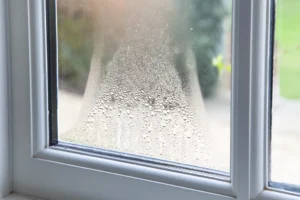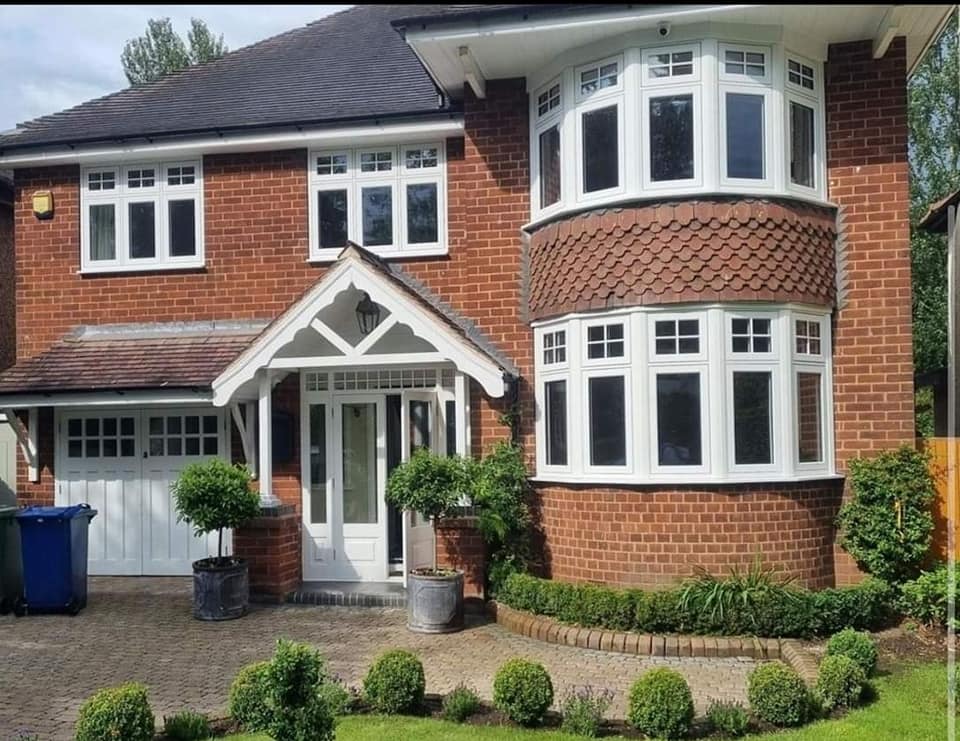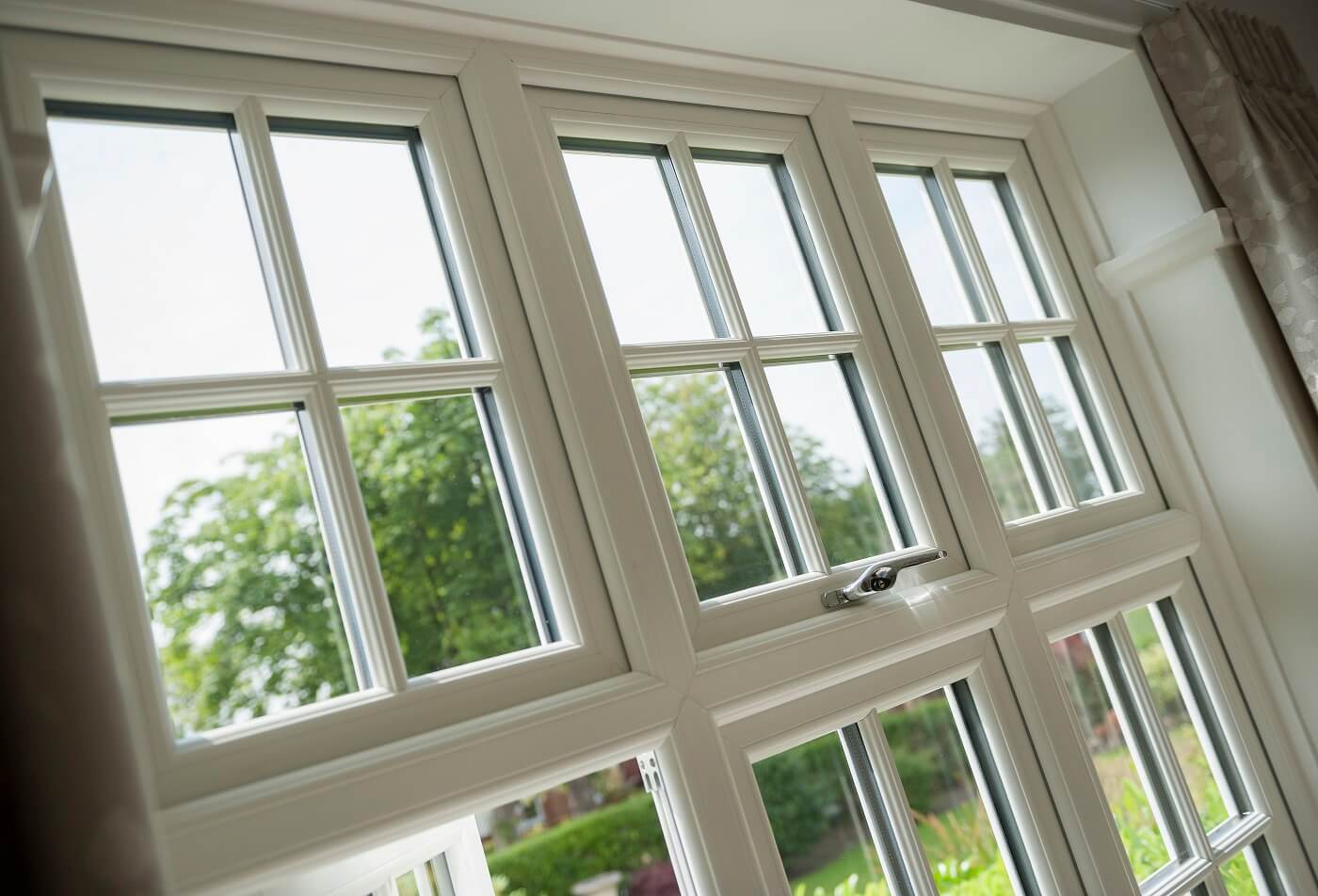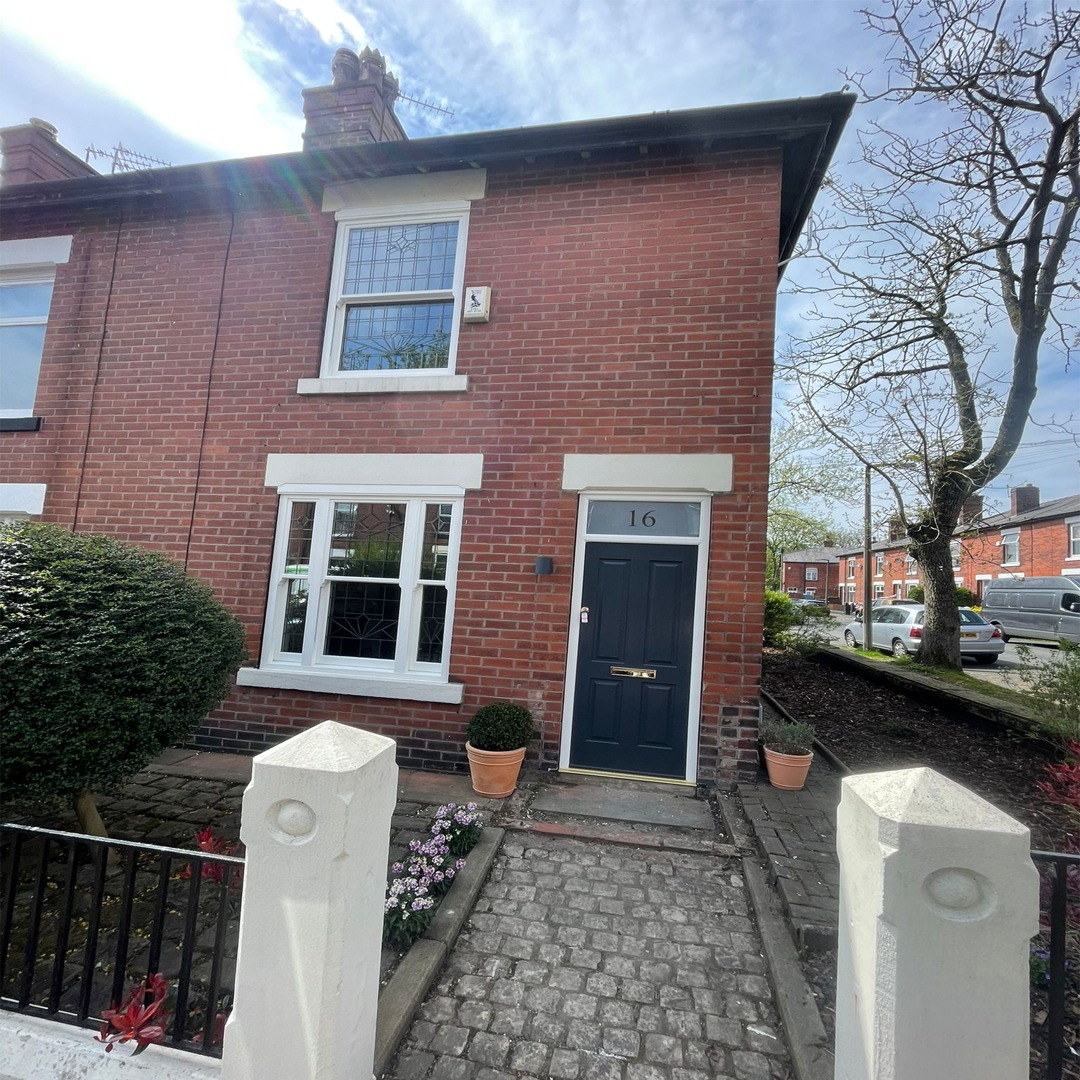Once upon a time, double-glazing was the latest ‘must-have’ for any modern home. Providing better insulation, a reduction in condensation, better temperature control, and greater security, the advantages over single glazing were clear to see.
These days, we’re increasingly told that double-glazing is outdated and we should invest in triple-glazing.
But what is the difference between double-glazing and triple-glazing? And do you really need to upgrade?
Here at Manchester Window Factory, we have over 25 years of experience in glazing and installation. In this blog, we’ll answer some of your most common questions about triple-glazing, including costs, benefits, and potential drawbacks.
The Basics
First things first, what is triple-glazing?
As the name suggests, triple-glazing involves three panes of glass rather than one (single glazing) or the two you get with double-glazing.
With double and triple-glazing, the gaps between the panes of glass are filled with an inert gas such as argon, xenon, or krypton. This gas, combined with the extra panes of glass helps to muffle noises from traffic and weather. Because such inert gases are heavier than air, it also helps to stop heat from escaping, making your home more energy efficient and saving you money on your heating bills.
What is the difference between double-glazing and triple glazing?
Having that third layer of glass and gas in the cavities increases the energy efficiency and noise reduction even further. Triple glazing is also more durable and hard-wearing than double glazing, plus it’s incredibly difficult to break due to its thickness.
Triple glazing is more expensive than double glazing initially but could save you more on heating bills, while also adding value to your home.
How thick is triple-glazing?
We use 28mm for the majority of our triple glazing. Our triple-glazed units comprise 4mm glass panes and 8mm air gaps, filled with argon gas.
We also offer a 40mm option in our uPVC windows. This is broken down into 4mm panes of glass with gas-filled gaps at 16mm each.
You also need to consider how many chambers are in the frame, as frames with fewer chambers provide less insulation.
What is the average cost per window for triple glazing?
The average cost per window for triple glazing depends on the size and type of windows, but you can expect to pay around £650 – £890 + VAT for one standard window or a square metre of triple-glazing. This is based on a uPVC casement-style window and includes the windows and installation.
You should calculate your triple-glazing costs based on £650 – £890 per window multiplied by how many windows you wish to have triple-glazed. For example, the average two-bedroom flat may have four windows, working out at around £2,600 – £3,590 + VAT..
Other factors to consider
The material and finish you choose will affect the price. The cheapest option is usually a white uPVC frame, whereas colours and woodgrain effects may cost more. Timber and aluminium options may also be more expensive.
The size and type of property can also affect costs. If the building is difficult to access
Lastly, your location could see the price decrease or increase significantly. This is because UK labour costs are much higher in London, the South East, and the East Midlands.
You should also factor in the removal and disposal of your old windows.
How much more is triple glazing?
One of the main concerns when looking at upgrading to triple glazing is, does the cost outweigh the benefits?
On average, triple glazing costs approximately 20% more than double glazing, but it can be almost double the cost of double glazing, depending on the style and other factors previously mentioned.
At Manchester Window Factory, there is not such a huge disparity in the prices because our frames are made to hold the thicker, heavier triple glazing.
Can triple glazing help reduce energy bills?
The energy performance of triple glazing is around 50% better than double glazing. The inert gas used, the coatings on the glass and the number of chambers in the frame can all affect the window’s energy performance.
Energy performance is measured in ‘U-values’, and the lower the U-value, the more energy efficient the product is.
Houses lose 40% of their heat from their windows and doors. If you have high heating bills, you should check your windows and doors are properly installed and insulated.
Independent research by the PassivHaus Institute in Germany has shown that triple-glazing with a centre pane U value of 0.65 maintains a higher internal temperature than an energy-efficient double-glazed window. However, the difference is only a few degrees.
Still, every little helps, and those couple of degrees can make your home feel warmer, reducing your heating bills by around £20-£40 a year.
Whether you opt for double or triple glazing, you will also need to make sure other areas of the home, such as the roof, floor, and walls are properly insulated, if you hope to reduce your heating bills.
The pros and cons of triple glazing
Pros
- Reduction of traffic noise
- Reduction of weather noise
- Extra insulation
- Better temperature control
- Eliminating energy wastage
- Reduction of condensation on internal windows
- Reduction of heating bills
- Compatible with all windows
- Choice of styles and glazing options
- Very difficult to break
- A lifespan of around 10-35 years (usually at least 20)
- Can add value to your home
Triple glazing offers a reduction in noise pollution, better insulation, increased security and a potential decrease in your heating bills.
It is also likely that future building regulations will require new-built homes to only feature windows with a combined U-value of around 1.4 W/m²k. Replacement windows will likely carry the same requirements. As such, installing triple glazing now could help you future-proof your home. Lastly, triple glazing is a more common feature in cold-climate countries such as Norway, Finland, and Sweden. However, the UK is starting to experience colder winters that our houses are not equipped for. Installing triple glazing could be a smart step to prepare for when the temperatures plummet.
Cons
- Higher initial cost
- The U value between double and triple glazing is much less than single and double glazing
- Can cause a small amount of condensation on the exterior glass
- The heavier panes can put pressure on the window frames over time
- They also cost more to transport due to the extra weight
- A small loss of brightness through the window panes is sometimes reported
Triple glazing is more expensive to purchase, transport, and install, so your initial budget could be a deciding factor in whether you upgrade. Whereas with double glazing, you might still get internal condensation forming around the window frame, with triple glazing, you may see external condensation in the centre of the windows. However, this is usually only after a cold clear night, similar to a car window frosting and generally clears up quickly.
Noise reduction with triple glazing
The three layers of glass and gas provide a higher level of noise reduction than you get with double glazing. Studies have placed the acoustic performance of some triple-glazed windows at Rw32 – low 40s. If you live near a busy road or close to a bustling city centre, this could make a huge difference to your quality of sleep.
How much warmer is triple glazing?
As discussed above, the difference in temperature provided by triple glazing as opposed to energy-efficient modern double glazing is only a few degrees. However, if your double glazing is old, it may not perform at the optimum level, and the difference could be much higher. In that case, it is up to you to decide whether financially it makes sense to upgrade to triple glazing or upgrade to the latest double-glazed windows.
There is also an increased comfort factor with triple glazing, which is difficult to quantify but can improve quality of life. For example, if you work from home, you may spend 90% of your time in your house, and such minor improvements may be worth it for your day-to-day comfort.
Final thoughts
There are pros and cons to double and triple glazing, and there is no clear winner. You need to weigh all the factors and decide on the best choice for you at this time.
We hope this blog has given you a better understanding of the differences between double and triple glazing and why one may be a better option for you than the other.
If you are considering triple glazing and would like a free, no-obligation quote, please fill in our online contact form, call us on 0161 976 4739 or drop us an email at [email protected]
We look forward to hearing from you.





